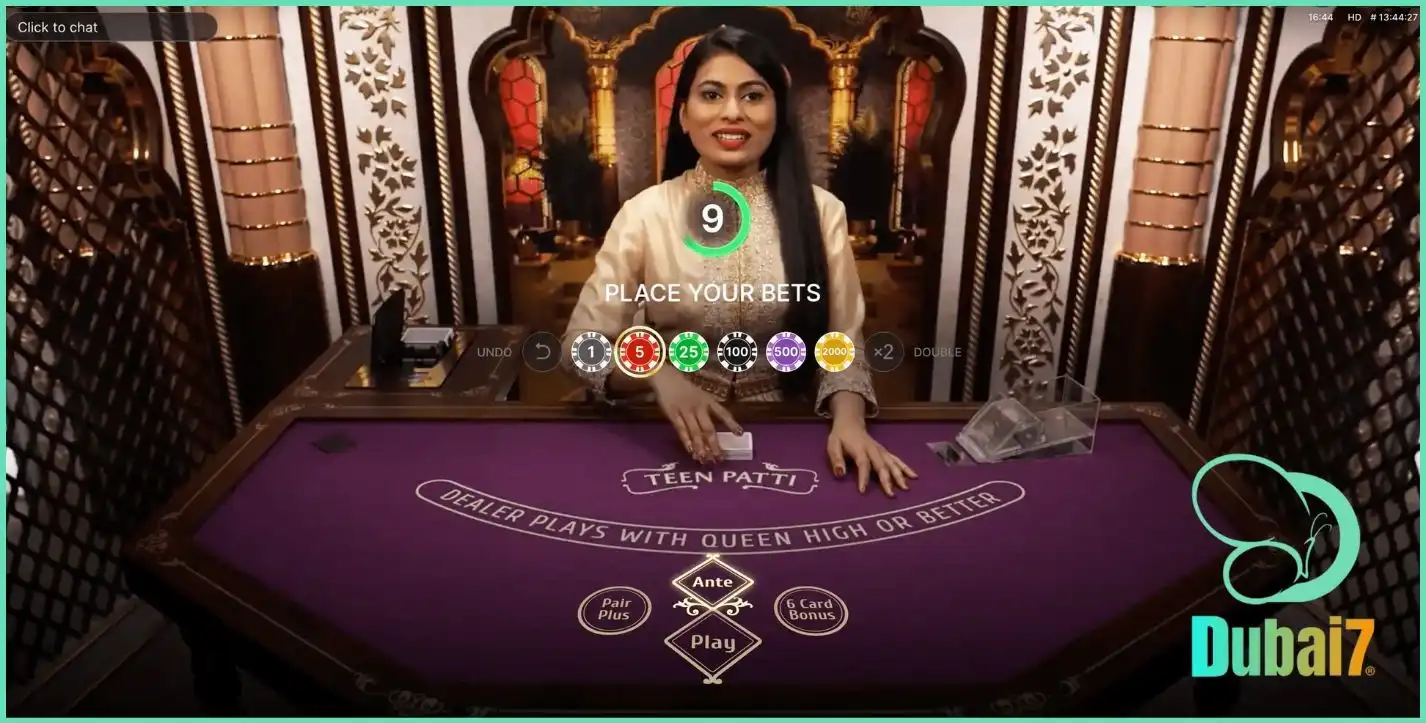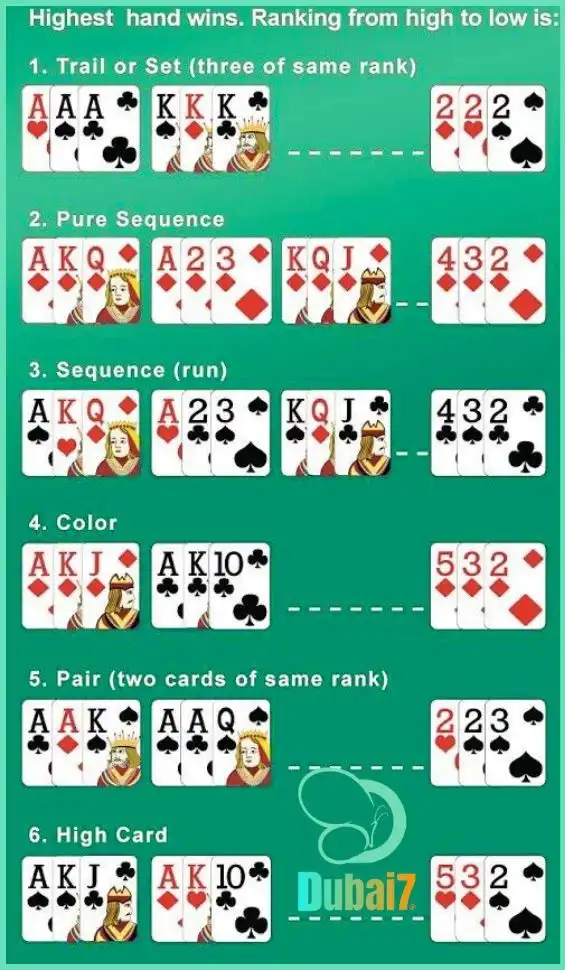
Teen Patti, also known as Indian Poker or Flash, seems simple - get three cards, bet, and the best hand wins. But don’t fool yourself into thinking you’ve mastered it just because you’ve played a few rounds!
This guide dives deep into online Teen Patti gameplay, rules, card combination probabilities, and practical strategies to boost your winning rate.
With online gaming on the rise, Teen Patti now has slightly different formats and tweaks depending on the platform. But the core flow is:
Before the game begins, all players must pay a fixed boot amount (Ante) into the main pot. This is mandatory to ensure every player has a stake in the game.
The boot amount is usually pre-set based on the table rules - for example, 10, 50, or 100 chips.
Once the boot is collected, the dealer distributes three face-down cards to each player - these are private cards (also called hole cards).
Each player has the option to either see their cards (become a Seen Player) or stay blind (remain a Blind Player).
After the cards were dealt, betting starts in clockwise order from the player next to the dealer.
On their turn, each player can choose to:
The winner is either the player with the strongest three-card hand, or the last one remaining after all others fold.
Now that you know how the game works, why not try it out?
Play with real dealers, real time - only at Dubai 7. No need to wait - register now and jump into Dubai 7, whether you’re testing your skills or making real money.

If you're a Seen player, and the previous player also choose to be Seen, you can request a Sideshow after placing your bet. This means you want to compare cards privately.
You might know the basic hand rankings, but have you ever thought about how likely each hand to show up?
Here’s the full list - ranked from strongest to weakest - along with the real probabilities.

Most folks play Teen Patti like it’s just luck and guts. But the smart ones? They read the table, do the math, and crush the game with proper hand sense. Don’t just sit and pray for a trail - learn these 3 powerful moves now.
When you get your 3 cards, don’t just look for an Ace or King then assume it’s strong. You need to evaluate overall structure of your hand.
Don’t just think about what you want to make - think about what’s already been played.
Example:
You have two ♥ cards and are hoping to hit a Flush (Color). But if 4 ♥ cards have already shown up on the table (or in other players’ reveals), then only 9 ♥ cards are left unseen.
Your chance of drawing the right card becomes: 9 / 49 ≈ 18.4%
Worse:
If someone shows another ♥ card (say ♥3), then your odds are even lower - probably not worth chasing.
You don’t always need the best hand to win. Sometimes, the math says it’s worth staying in - even with weak cards.
Example:
Now think:
You're risking 200 to possibly win 2000 - that’s a 1:10 risk-to-reward.
So if you believe you have even a 10% chance of winning, it’s a +EV (positive expected value) play.
© 2025 Dubai7 Official Blog-Casino Tips, Tricks & Winning Guides